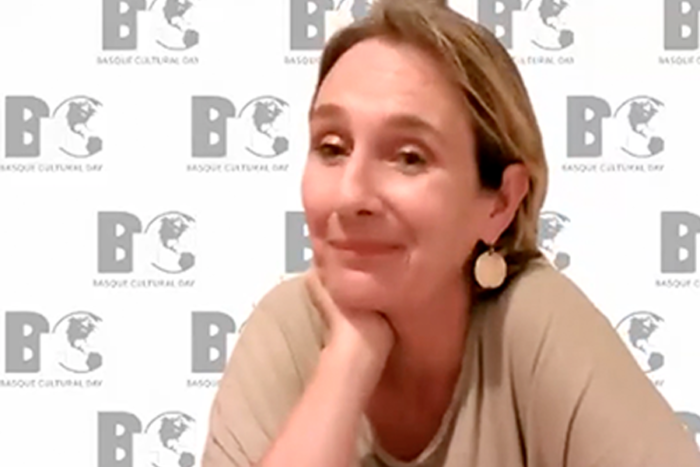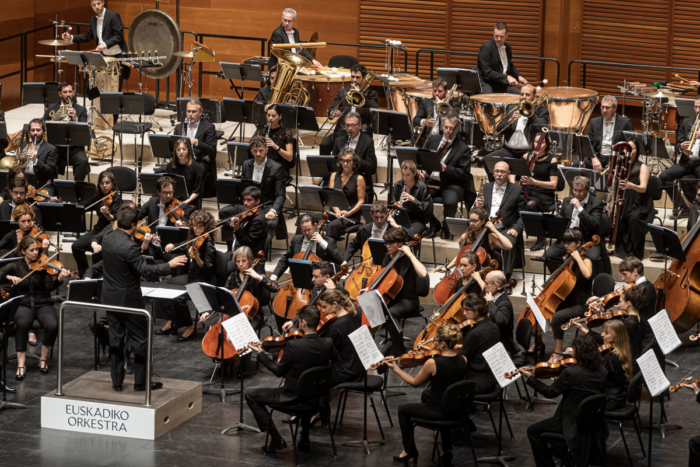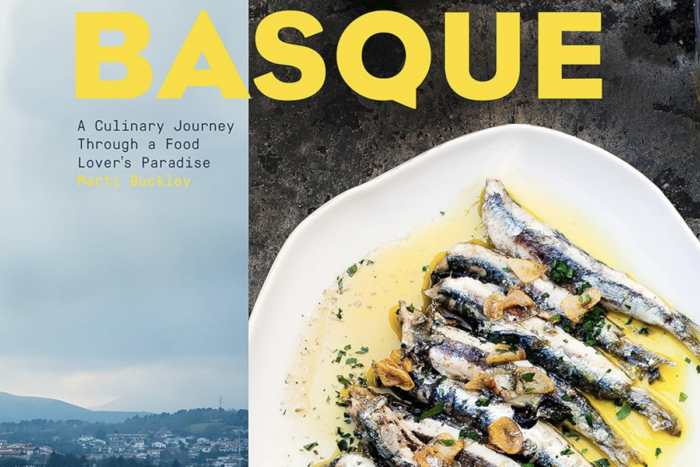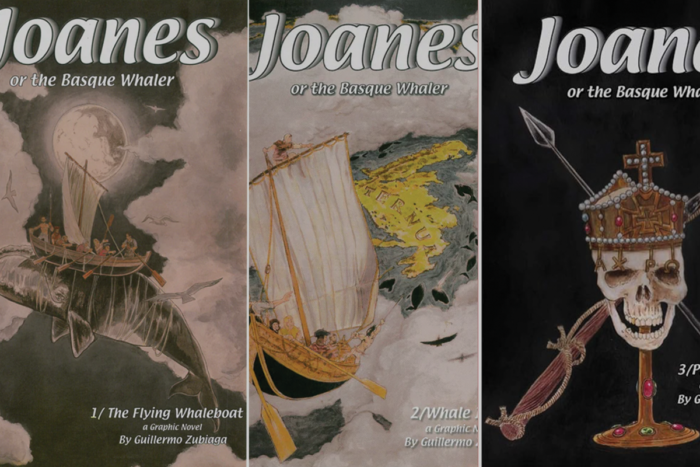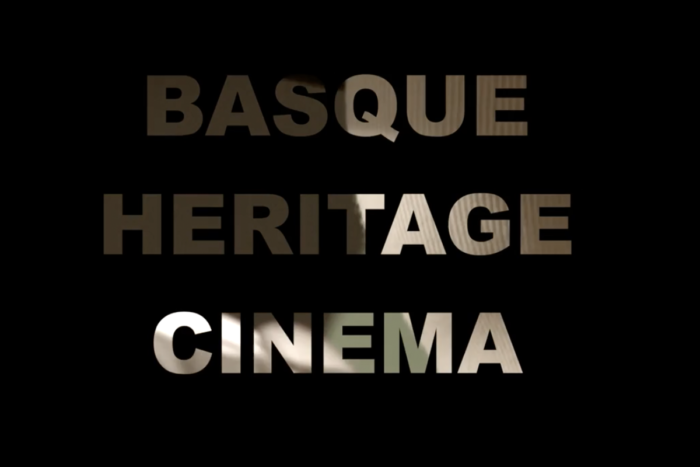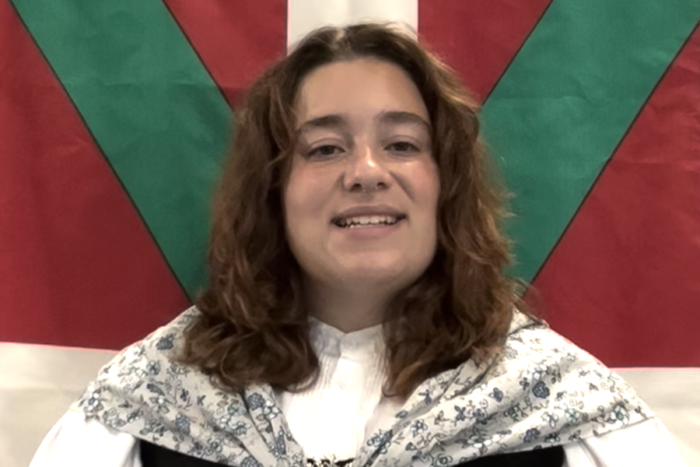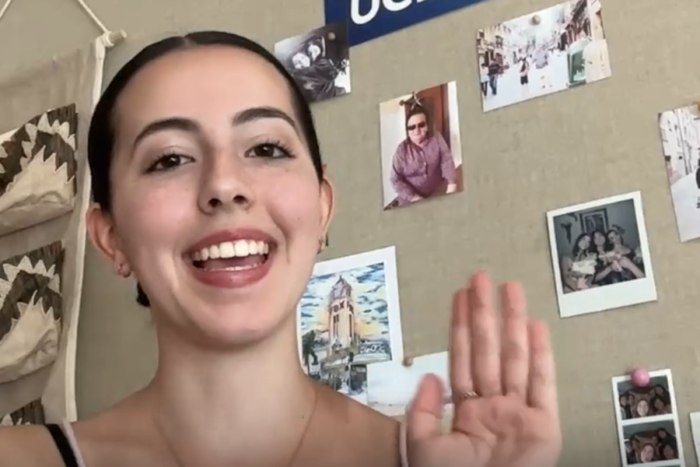A PLACE TO LEARN: BASQUE NAMES
by Jean-Max Fawzi
basque names demystified
In Jean-Max’s words: Have you ever wondered where your last name comes from? Or maybe you’ve wondered why no one can pronounce it right? If that’s the case, this presentation is for you! Find out how basque last names, house names, and even first names came about… and how you can demystify your family names!
A PLACE TO LEARN: BASQUE GENEALOGY
by Jean-Max Fawzi
basque GENEALOGY FOR DUMMIES
In Jean-Max’s words: Are you interested in building your Basque family tree, but don’t know where to start? This presentation provides guidance on how to research genealogical records in the Basque country, as well as some of the fun and unique things you might encounter along the way.
SOME USEFUL LINKS from THIS PRESENTATION
Araba: CLICK HERE
Bizkaia: CLICK HERE
Gipuzkoa: CLICK HERE
Gen&O: CLICK HERE
French Departmental Archives: CLICK HERE
BEO Youtube Channel: CLICK HERE
FamilyEcho: CLICK HERE
FamilySearch: CLICK HERE
GHFPBAM (Généalogie et Histoire des Familles Pays Basque: CLICK HERE
Do you have questions for Jean-Max? Email: jeanmaxfawzi@gmail.com
For his publications on Basque studies, CLICK HERE
EUSKADIKO ORKESTRA
the Basque National Orchestra
“I vividly remember listening to a classically-trained musician play traditional Basque music on a piano as a kid – it was an experience that changed me forever. I longed to experience that again here in the U.S., so discovering the Basque National Orchestra online was nothing short of an amazing, beautiful gift.” – the reviewer, BEO Board Member
The Basque National Orchestra (BNO) was founded in 1982 as a nationwide orchestra committed to educating about symphony music from all periods, emphasizing the creation and expansion of Basque music. The orchestra plays over 100 concerts every season. It performs in the Euskalduna Concert Hall in Bilbao, the Kursaal Auditorium in San Sebastián, the Principal Theatre in Vitoria, and the Baluarte Auditorium in Pamplona. Their current Chief Conductor is Mexican-American Robert Treviño.
The BNO generously offers an abundance of experiences for those of us who aren’t able to enjoy their work in person. Included in their online library are collaborations with other musicians such as Huntza, Kalakan, or Izaro… or the exploration of a Basque composer’s identity such as Ravel, or a piece that incorporates the txistu such as Gutizia, or the incredible blend with Kepa Junkera.
Whatever your jam is, explore what Euskadiko Orkestra offers on their website and YouTube channel, press play, pump up the volume, close your eyes, and enjoy.
BASQUE COUNTRY: A CULINARY JOURNEY THROUGH A FOOD LOVER’S PARADISE
a cookbook
“Growing up, Gateau Basque was a staple at any family birthday or dinner. After uncovering La Vina Cheesecake in Marti Buckley’s cookbook, it’s become a family favorite and is now part of the family-function dessert rotation! Even if you don’t enjoy cooking/baking, this book is filled with stunning photos of the Basque Country and is worth the read (would even be a great coffee table book for friends and family to peek at!).” – the reviewer, BEO Board Member
If you are looking for a great Basque cookbook, look no further than award-winning author Marti Buckley’s Basque Country: A Culinary Journey Through a Food Lover’s Paradise. Not only is it filled with recipes of iconic Basque dishes, but Buckley also intertwines stories and photos of the Basque Country, culture and customs throughout the book. If you can make it through a handful of pages without running to your fridge to whip up something delicious, you’ll find yourself reminiscing over your last visit to the Basque Country or thinking about planning a trip ASAP!
The best part: Buckley’s next book is all about pintxos and comes out April 9th. Entitled “The Book of Pintxos: Discover the Legendary Small Bites of Basque Country,” it has over 70 recipes, highlighting their story and the bars they were created in. You can pre-order wherever books are sold, including Amazon.
JOANES OR THE BASQUE WHALER
a trilogy of graphic novels
“Zubiaga does a wonderful job entertaining and educating his readers on Basque whaling throughout his historical fiction trilogy. I enjoyed reading this trilogy, and have learned so much about the history of Basque Whaling. ” – the reviewer, BEO Board Member
Joanes or the Basque Whaler is a trilogy of graphic novels written by Guillermo Zubiaga. In sequential order, they are The Flying Whaleboat, Whale Island, and Priest of Pirates. Zubiaga introduces Garat, the narrator, and immediately begins giving the reader background on Joanes, the main character or Basque skipper. This character was inspired by the real-life whaler Joanes de Etxaniz from Orio, Gipuzkoa, who died in Canada in 1584.
This historical fiction trilogy is loaded with exciting expeditions experienced by Joanes. Not only does this trilogy focus on whaling, but it also includes Basque mythology, witchcraft, and piracy. Due to the content and language, I would recommend children be at least fourteen years old to read.
BASQUE HERITAGE CINEMA
a short documentary
“As we launch into our 20th Anniversary of hosting the Basque Film Series, I thought it would make sense to learn a bit more about the history of Basque filmmaking. This isn’t just about what Basque culture is and means to its people, it’s about how the history of filmmaking has been impacted by the complicated history it has survived.” – the reviewer, BEO Board Member
“Basque Heritage Cinema” is an approximately 35-minute short documentary that walks the viewer through the cinematic journeys that articulate, as best as they can, the Basque region’s identity and politics. Director Rob Stone demonstrates not only the direct reflection of how the act of Basque filmmaking was impacted by its environment but also how the Basque culture was later expressed, whether by a single perspective of history or by romanticizing it. Either way, this film challenges one to carefully watch how Basque people are reflected in films and to really think about whether “being Basque” has been, or could be, truly reflected in motion pictures.
AMAYA F. / Finalist
The Empowerment of Women
Through an original piece of creativity (written, performance, or visual), explore ways to showcase how a Basque woman in your life influenced you and shaped your Basque identity.
Amaya’s Inspiration
My spoken word is inspired by the multiple generations of Basque women in my family, beginning with my great-grandmother and ending with my mother and me. I describe the traits of each of these women and the obstacles they overcame in order to keep our Basque culture alive, in turn inspiring me and increasing my passion for my Basque culture.
I use a variety of Basque words so here is a list of the translations:
Emakumeak = “women”
Machi = term of endearment for “great-grandmother”
Basseri = ‘farmhouse”
Amaiur, Nafarroa = town in the Basque country
Tia = term of endearment for “great-aunt”
Ainhoa, Iparralde = town in the Basque country
Amachi = “grandmother”
Euskal Herria = “Basque Country”
NABO = North American Basque Organization
Pazientzia = “patience”
Ama = “mother”
Trikitixa = Basque accordion
Txistu = Basque flute
Udaleku = Basque culture camp
Gazteak = Basque youth group
Oinkaris = Basque dance group
Txantxangorriak = Basque accordion and percussion group
The final quote,”Izan zirelako gara; garelako izango dira,” is a Basque proverb.
About Amaya
Naiara G. / Finalist
The Empowerment of Women
Through an original piece of creativity (written, performance, or visual), explore ways to showcase how a Basque woman in your life influenced you and shaped your Basque identity.
A Letter to Amatxi
My mind wanders a lot throughout the day. More often than not, I think about the time spent with my amatxi (grandma), and how much more time I would like with her. This short film highlights the love and admiration I have for her. Because even though I have plenty of fears and worries, she keeps me grounded. Though she has spent most of her life in the house that sits at the end of a small neighborhood called Oharriz (located in Navarra, Spain), her wisdom and patience have enlightened me. From being expected to cook for a table of dozens of men, to facing the hardships of motherhood that were left unspoken, to now living alone, with little desire to leave the comfort of the house she’s always known. Talking to her on the phone is an option, though I’ve enjoyed writing her letters since she has trouble hearing. In my entry, I share how inspirational my amatxi has been to me and how she’s taught me to never let my doubts take over; this life is too short to be spent hesitating. Eskerrik asko amatxi.
A Word from Naiara


